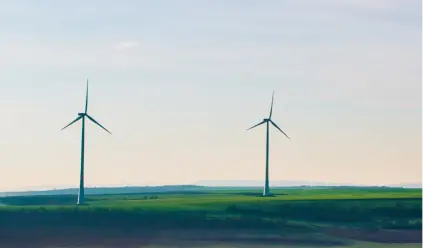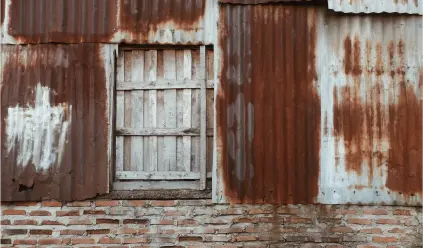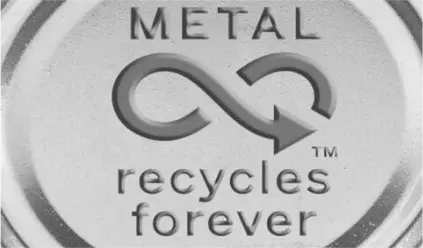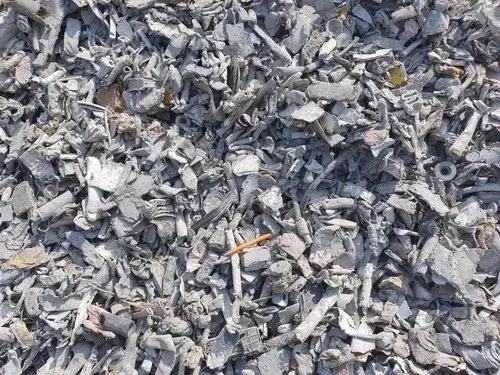The positive environmental impact of metal recycling
Metal recycles forever and is a key reusable commodity for infrastructure and goods production

The world needs metals
- Steel, aluminum, copper, nickel, and other metals are crucial for global infrastructure and for consumer goods
- Demand for metals is further driven by the green energy transition, thus making them essential for a green economy in general

Primary metal production is highly CO2-intensive
- Metals can be recycled forever without quality loss
- Approximately 70% of the steel production in the US is based on recycled steel, while around 55% in the EU and even only around 22% of steel production in China respectively use recycled scrap steel as raw material

Infinite recycling is key in decarbonisation
- Production of primary metals emits a lot of CO2 and is very energy-intensive
- The global production of metals accounts for more than 12% of direct CO2 emissions
- In 2021, almost 2 billion tons of steel and almost 100 million tons of aluminum were produced, thus generating more than 3.6 billion tons of CO2
Significant CO2 saving potential from metal recycling
CO 2 emissions from steel production can be reduced by >60% by using recycled steel scrap with no quality loss

Production of 1t of primary steel generates...
... 1.7 -2.9t of CO2 per ton of primary steel
-> 60%

Production of 1t of primary steel generates...
... 0-0.8t of CO2 per ton of secondary steel
Read more
Recycle metals with us
Recycle metals with us
Our metals
- Aluminum: the economic impact of recycling
- Copper: uncovering the sustainable scrap cycle
- Lead: the journey of scrap metal recycling towards a greener future
- Magnesium: scrap as a renewable resource for circular economy
- Nickel: scrap recycling as a value maximizer for sustainable industry growth
- Zinc: the sustainable promise of scrap recycling
Inside METYCLE
Inside METYCLE
Engineering and Technology at Metycle
Want to stay updated via WhatsApp?
Stay ahead with METYCLE's products! Join our WhatsApp broadcast channel to receive real-time updates on available metals and unbeatable deals. Explore our current product offerings and never miss out on the best opportunities!
© 2026 METYCLE
